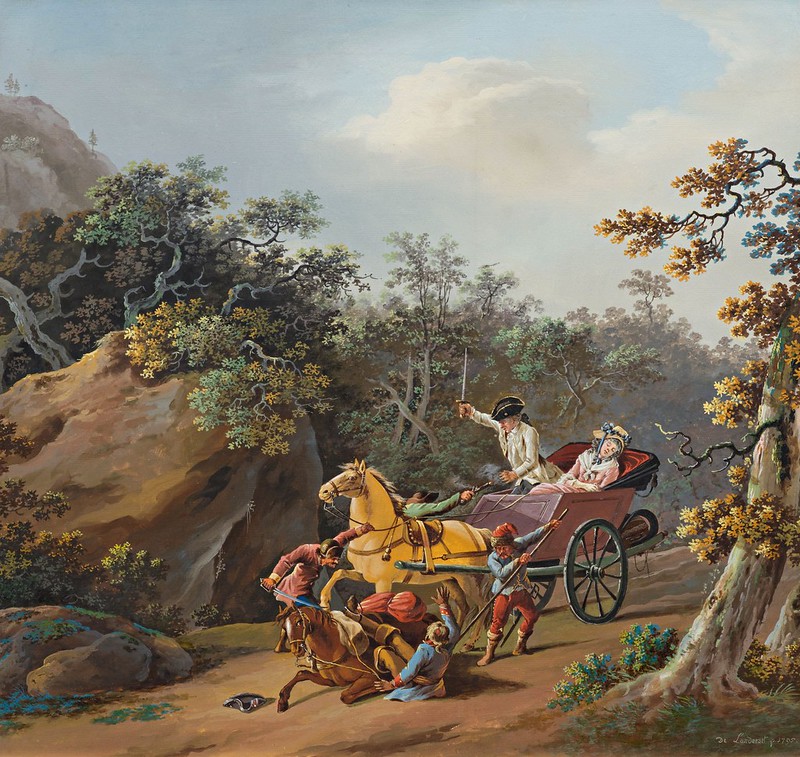Giovanni Punto (1746-1803)
- Concerto [E] a Cor Principal (1777)
Previously attributed to Carl Stamitz (1745-1801)
Performers: Peter Arnοld (horn); Bohuslav Martinu Philharmonie; Ernst Wеdаm (conductor)
---
Bohemian horn player and composer. Born into a poor family on the estate
of Count Joseph Johann von Thun, Stich was sent to Prague by his patron
to study horn with Joseph Matiegka and composition with Johann
Schindlarz. In 1764 he became a student of Anton Joseph Hampel in
Dresden, where he perfected his technique of hand-stopping. His return
to and service in the court ensemble of Count Thun, however, was marked
by charges of insubordination, and he escaped to Italy pursued by the
count’s thugs who were charged with either bringing him back to Bohemia
or knocking out his front teeth. He made his way to Italy, where he
“Italianized” his name to Giovanni Punto, winning approbation for his
performance and obtaining a post as a violinist at the court of Joseph
Friedrich Wilhelm von Hohenzollern- Heuchingen. In 1769 he moved to
Mainz to perform for Elector-Archbishop Emmerich Joseph von Breidbach zu
Bürresheim. In 1772 he began a career as a touring soloist, centering
his activities in Paris and London, although he maintained a post with
Archbishop Adam von Seinsheim in Würzburg and with the private orchestra
of George III of England. Settling in Paris in 1788 he was appointed
conductor of the Théâtre des Variétés Amusantes a year later, riding out
the Revolution as a popular conductor. Refusal to appoint him to the
faculty of the new Conservatoire in 1798, however, led him to return to
touring in Bohemia and Austria, where his performance ability was noted
by composers such as Ludwig van Beethoven. As a performer, he
concentrated on second or low horn, perfecting the art of hand-stopping
to produce notes outside the natural harmonic series. Charles Burney
noted the “astounding execution” of his performances. As a composer, he
concentrated on his own instrument, writing 16 horn concertos (plus
another for two horns), 103 horn duets, 47 horn trios, 21 horn quartets,
and a horn sextet; in addition he composed a clarinet concerto, three
flute quartets, three flute quintets (with horn), and a large number of
trios for flute and strings.

Cap comentari:
Publica un comentari a l'entrada